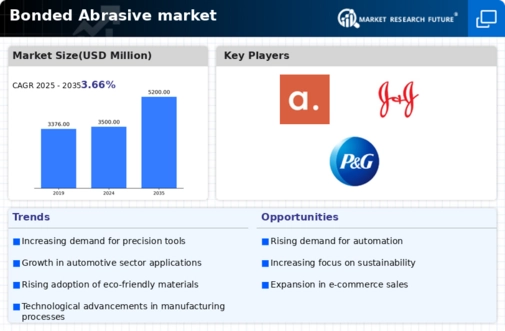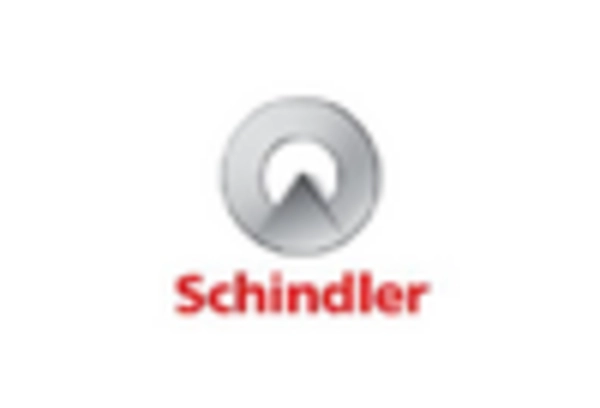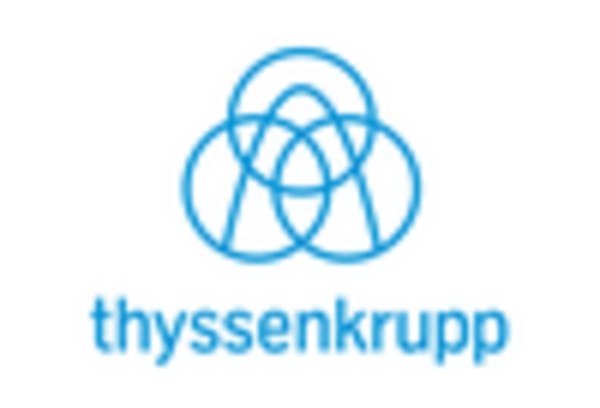Economic Growth and Commercial Investments
The economic landscape in the United States plays a crucial role in shaping the escalator market. With a steady recovery and growth in various sectors, including retail and hospitality, there is a notable increase in commercial investments. The National Association of Realtors reports that commercial real estate transactions have surged, indicating a robust market environment. This growth translates into new construction projects that require escalators for efficient vertical transportation. Furthermore, as businesses expand and renovate their facilities, the demand for escalators is likely to increase. The escalator market stands to benefit from this economic momentum, as more developers recognize the value of incorporating escalators into their designs to enhance accessibility and customer experience.
Safety Regulations and Compliance Standards
Safety regulations and compliance standards are pivotal drivers in the escalator market. The US has stringent safety codes that govern the installation and maintenance of escalators, ensuring that they operate safely for public use. Compliance with these regulations is not only a legal requirement but also a critical factor for building owners and operators to maintain their reputations. The American Society of Mechanical Engineers (ASME) sets forth guidelines that escalator manufacturers and installers must adhere to, which influences product design and innovation. As safety concerns continue to rise, the demand for escalators that meet or exceed these standards is likely to grow. This focus on safety not only protects users but also enhances the overall credibility of the escalator market.
Urbanization and Infrastructure Development
The ongoing trend of urbanization in the United States is a primary driver for the escalator market. As cities expand and populations increase, the demand for efficient vertical transportation solutions rises. Urban centers are investing heavily in infrastructure development, including commercial buildings, shopping malls, and public transport systems. According to recent data, the construction sector in the US is projected to grow by approximately 5% annually, which directly correlates with the need for escalators. This growth in infrastructure not only enhances accessibility but also promotes the installation of escalators in high-traffic areas, thereby boosting the escalator market. Furthermore, the integration of escalators in new constructions is becoming a standard practice, reflecting a shift towards modern architectural designs that prioritize convenience and mobility.
Technological Integration and Smart Solutions
The integration of advanced technologies into escalator systems is reshaping the escalator market. Innovations such as IoT connectivity, predictive maintenance, and energy-efficient designs are becoming increasingly prevalent. These technologies not only enhance the operational efficiency of escalators but also improve user experience. For instance, smart escalators equipped with sensors can monitor usage patterns and adjust speed accordingly, leading to energy savings of up to 30%. Additionally, the incorporation of touchless technology is gaining traction, particularly in high-traffic areas where hygiene is a concern. As building owners and managers seek to modernize their facilities, the demand for technologically advanced escalators is expected to rise, thereby propelling the escalator market forward.
Aging Population and Accessibility Requirements
The aging population in the United States significantly influences the escalator market. As the demographic shifts towards an older age group, there is an increasing emphasis on accessibility in public and private spaces. The Americans with Disabilities Act (ADA) mandates that buildings accommodate individuals with mobility challenges, which includes the installation of escalators. This regulatory framework drives demand for escalators in various settings, including hospitals, shopping centers, and residential complexes. It is estimated that by 2030, nearly 20% of the US population will be over 65 years old, further necessitating the need for accessible transportation solutions. Consequently, the escalator market is likely to experience growth as developers and facility managers prioritize compliance with accessibility standards.

















Leave a Comment